Dragon’s Maze brought us split cards again, this time, however, with a special ability. Before we set to discuss this absolutely new unprecedented mechanics — Fuse, let us refresh our knowledge on the split cards by taking a close look at one of them.
Every Split card has two card face sides, only one of which may be played at any one time (unless you are using Fuse).
Despite it having two halves, a split card is one card.

If Assault // Battery would hit the graveyard, Magnivore would “get pumped” by 1/1, not 2/2, since its ability counts sorcery cards and Assault/Battery is one card, not two.

If you have two cards in hand, one of which is Fire // Ice, and you become the target of an opponent’s Blightning, it won’t be enough to discard just Fire // Ice. It’s just one card.

If, on resolution of Nightshade Assassin’s EtB-trigger you only reveal Crime // Punishment, target creature will only get -1/-1, since only one card was shown.
While not on the stack, the characteristics of a split card are the combination of its two halves. Fire // Ice is a red and blue instant card.
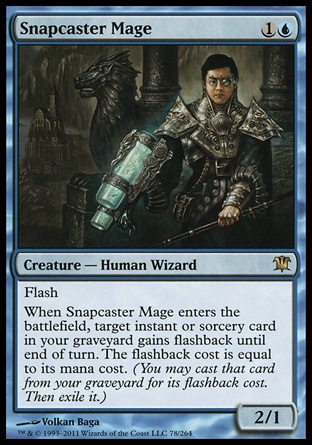
When playing Fire or Ice for Flashback cost granted by Snapcaster Mage, we will be paying {1R} for Fire or {1U} for Ice.
Fire // Ice is blue because Ice is blue, so Fire // Ice may be exiled as part of Force of Will’s alternative cost.
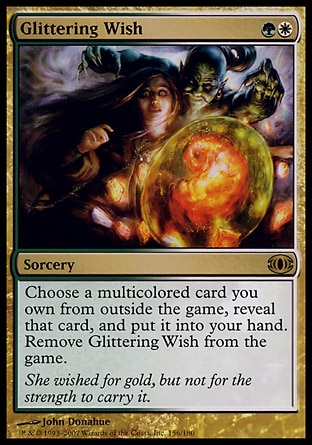
Glittering Wish can fetch Fire // Ice out of your sideboard.
While it’s a spell on the stack, it’s only the color or colors of the half or halves being cast.
The mana cost of a split card is the combined mana costs of its two halves.This is new rule for split cards.
Mana value of Fire // Ice is 4.

If, upon resolving the trigger of Dark Confidant or Duskmantle Seer, a player reveals Fire // Ice, the player will lose 4 life.

Now Counterbalance works differently: revealing Fire // Ice you may counter a spell with mana value equal to 4, not 2.
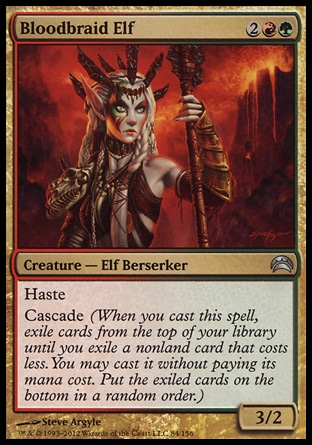
You can’t cast one of half of Fire // Ice, because mana value of Fire // Ice is 4. Boom // Bust is very sad too.
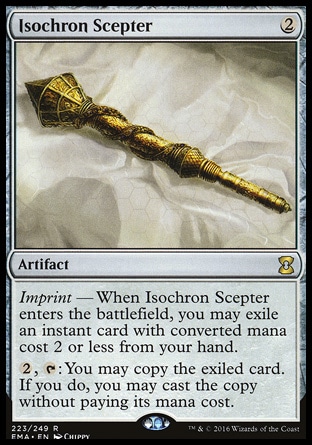
Now you need split card with mana value 2 or less for Isochron Scepter. For example Wax // Wane.
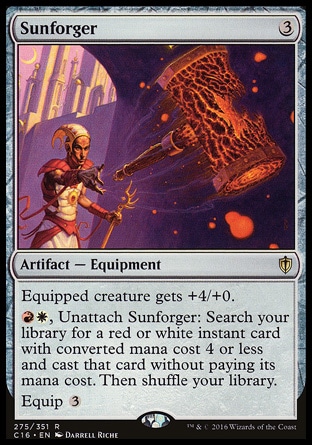
Likewise Isochron Scepter, Sunforger accepts Fire // Ice and Failure // Comply, but refuses to search Hit // Run and Dusk // Dawn
Note that you can cast the half with aftermath only from your graveyard.
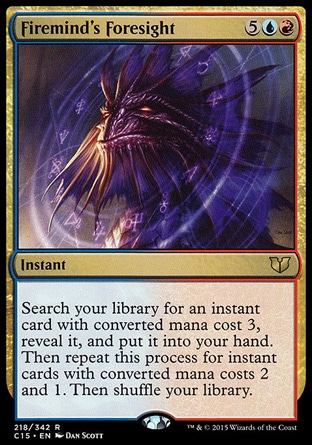
When Firemind’s Foresight resolves, you may find Failure // Comply and Wax // Wane, but may not Illusion // Reality (mana value=4), Fire // Ice (mana value=4) and Hit // Run (mana value=8).
Everything described above concerns split cards outside the stack exclusively. Now let us discuss the split cards on the stack.
(708.2.) As long as a split card is a spell on the stack and wasn’t cast using fuse (see rule 702.101, “Fuse”) , only the characteristics of the half being cast exist. The other half’s characteristics are treated as though they didn’t exist. A split card that’s a spell on the stack and was cast using fuse has two sets of characteristics and one mana value. Its mana value is equal to the total amount of mana in its two mana costs, regardless of color.
The above shows that fused split cards are treated by the game in a special way.
708.2a. If a player casts a split card without using fuse, that player chooses which half of that split card he or she is casting before putting it onto the stack. Only that half is evaluated to see if it can be cast. Only that half is considered to be put onto the stack.
According to the rules, it is considered that only one half is on the stack, the one that’s being played. The other half is ignored by the game at this time. When copying a spell, for example with Twincast, we only get the half that’s on the stack. Note that the effect of Isochron Scepter copies a card, not a spell, which allows us to play any half of the imprinted card.
Fire on the stack:
- has mana cost {1R}, mana value=2;
- is a red spell (cannot be targeted by Error);
- may have one or two targets;
- legal targets are a creature, a player or a planeswalker;
- damage is divided between targets while casting it, and each target is assigned at least one damage;
- if while resolving Fire with two announced targets, one is illegal, Fire still resolves and deals damage to the remaining target;
Ice on the stack:
- has mana cost {1U}, mana value=2;
- is a blue spell (may target Enemy of the Guildpact);
- it always has one target;
- if upon resolving Ice its target is illegal, Ice will be countered and the player doesn’t draw a card!
708.7. Each split card has two names. If an effect instructs a player to name a card and the player wants to name a split card, the player must name one of those names and not both. An object has the chosen name if one of its names is the chosen name.
It’s a new rule. It changes the way cards like Meddling Mage work related to split cards. For instance, if the cunning opponent calls Fire, you will be able to play Ice (you couldn’t do it with old rules). If the opponent calls Alive, you will be able to play Well, but you won’t be able to fuse Alive/Well to play both, since such a spell has two names, one of which was called for the forbidding effect:
708.2b. If a player casts a split card with fuse from his or her hand, in addition to choosing either half as described above (in 708.2a), the player may choose to cast both halves, resulting in a fused split spell. Both halves are evaluated to see if the spell can be cast. If either half can’t be cast, then both halves can’t be cast as a single spell.
Translated by Witas Spasovski
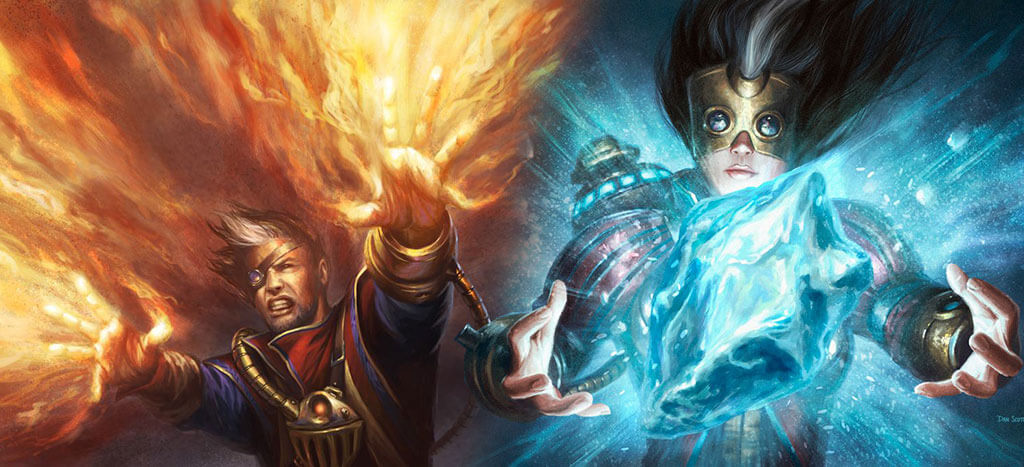
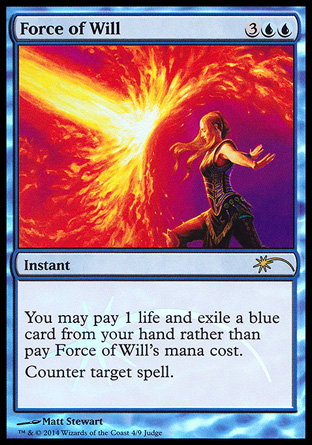
Oracle Text:
Instant, 1R
Fire deals 2 damage divided as you choose among one or two targets.
Instant, 1U
Tap target permanent.
Draw a card.